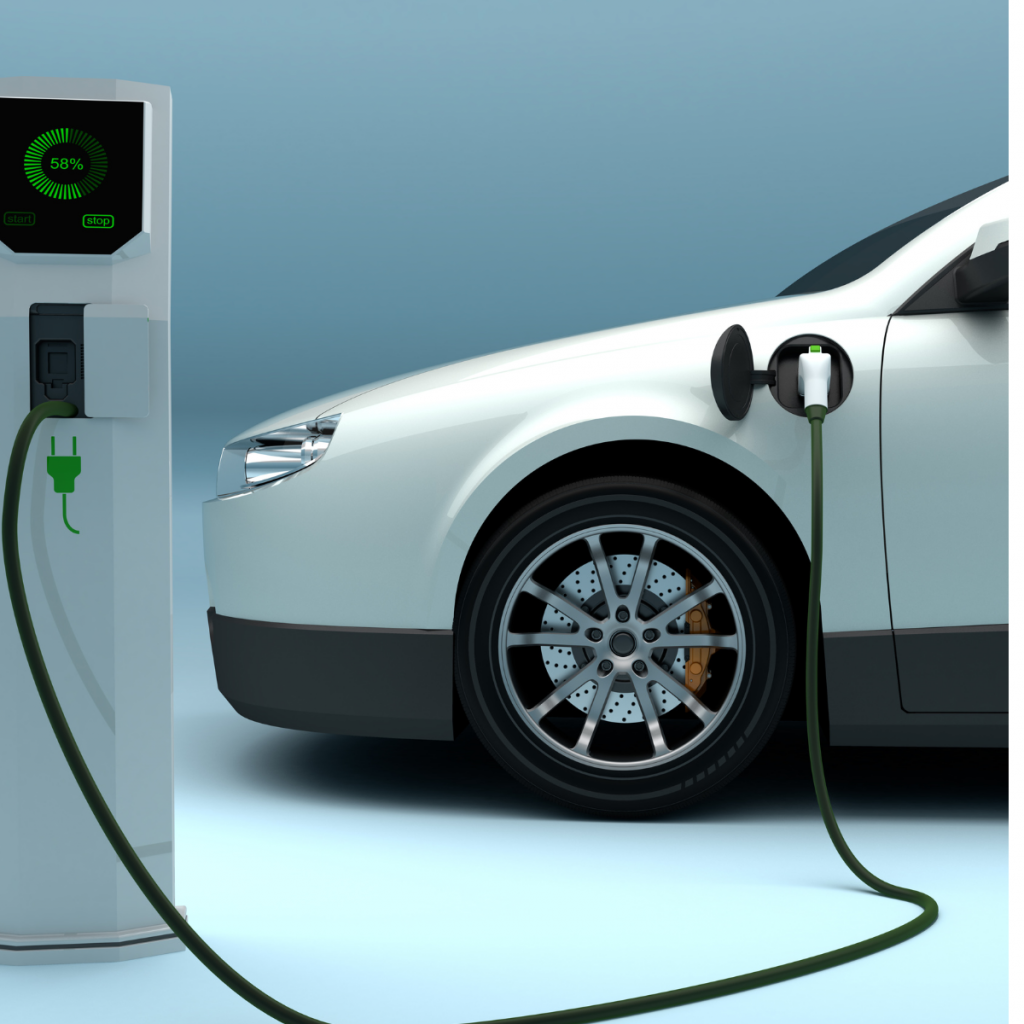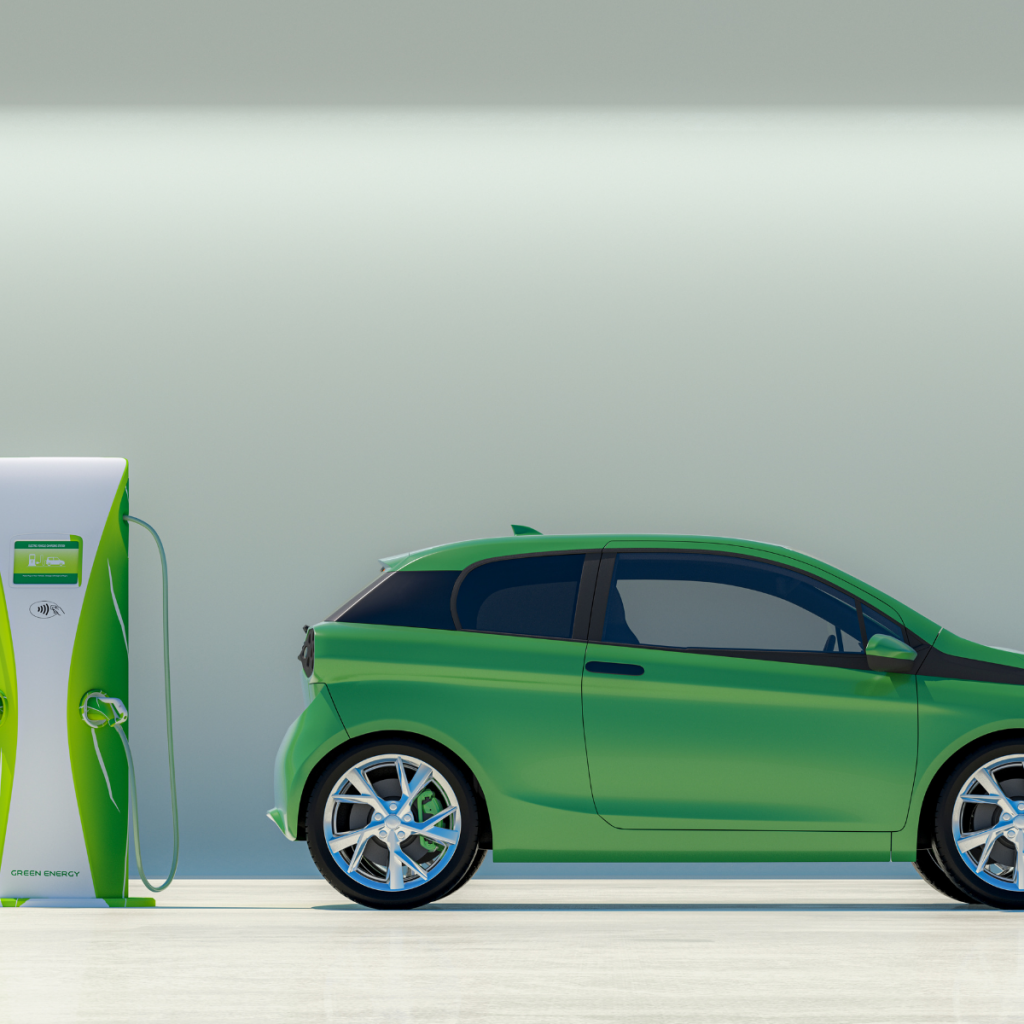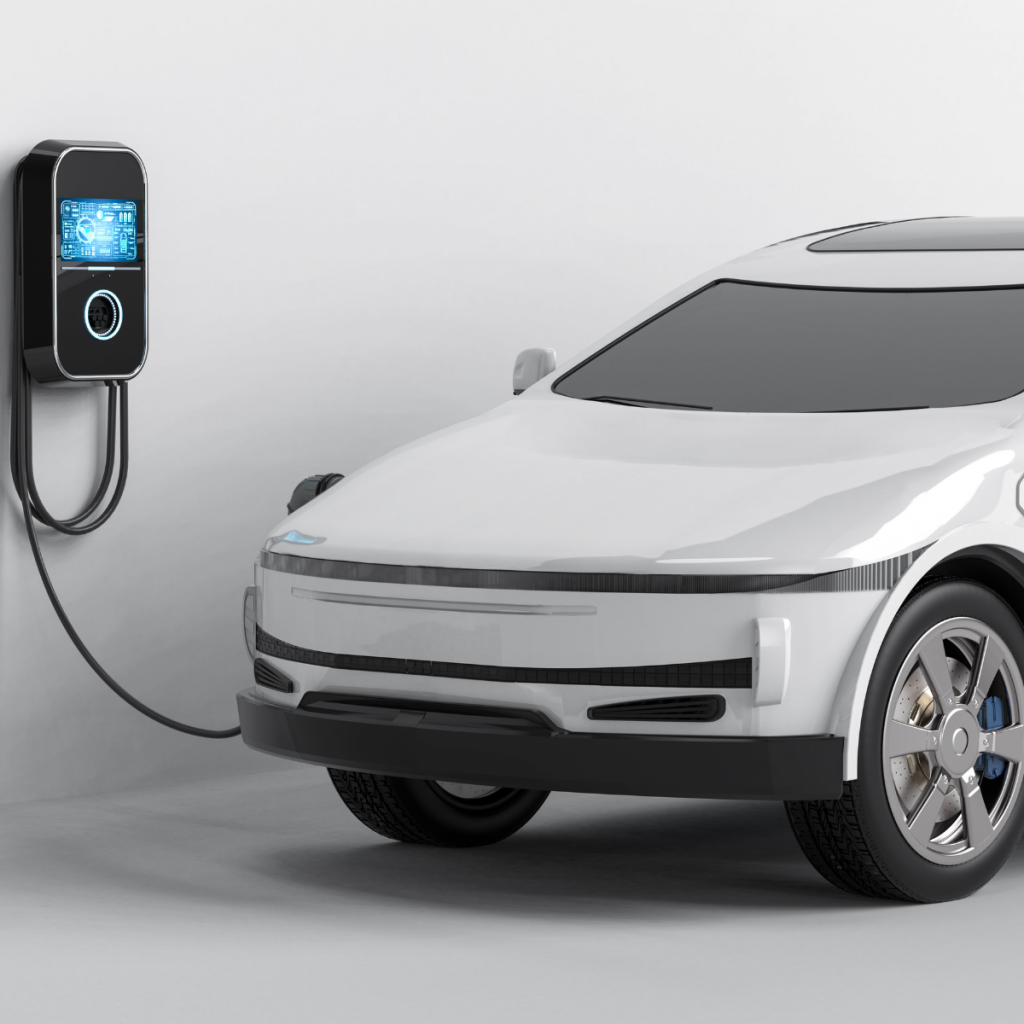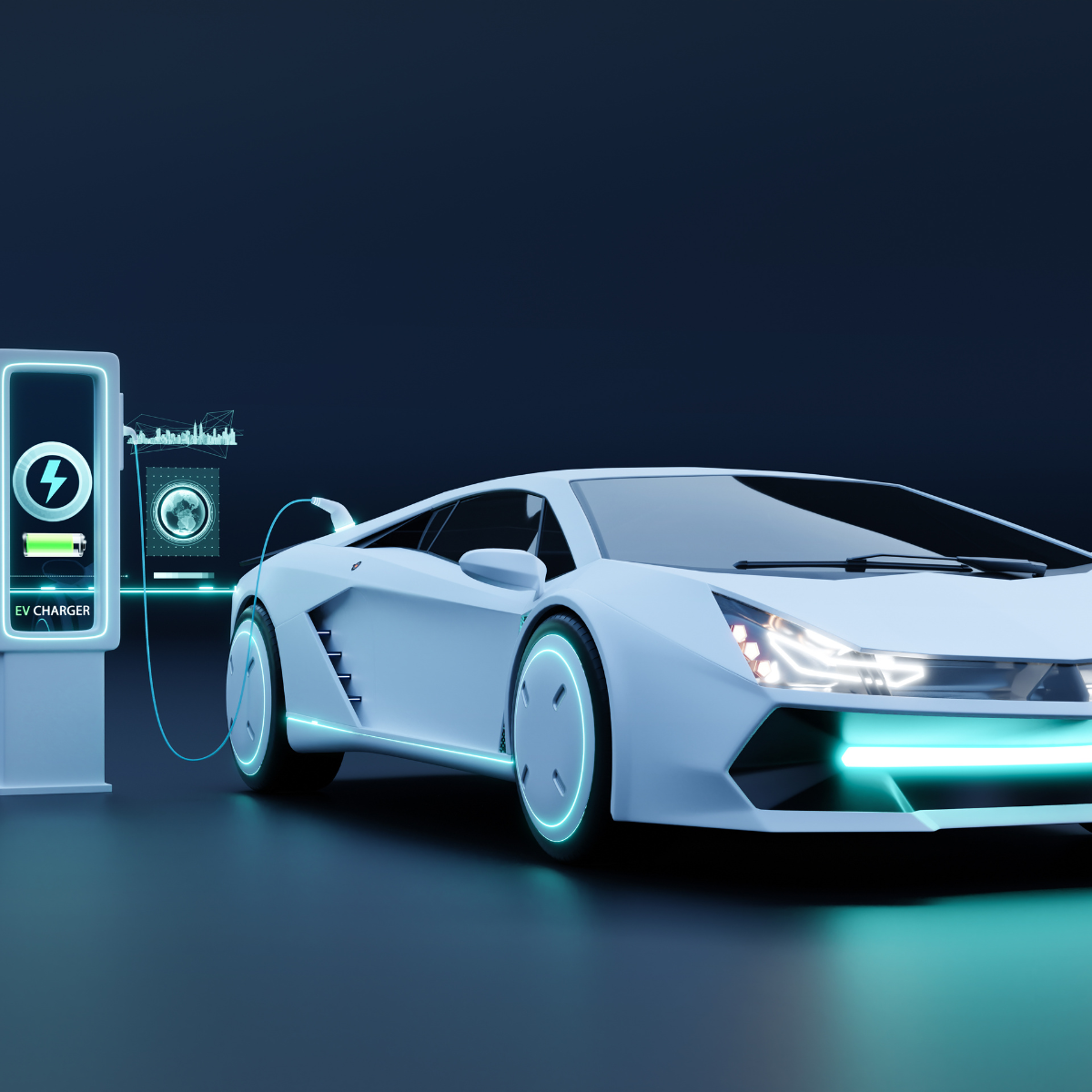The future of transportation is changing rapidly, with electric cars leading the charge. As concerns about climate change and environmental sustainability grow, consumers and governments are turning to electric vehicles (EVs) as a solution to reduce carbon emissions and dependence on fossil fuels. Innovations in battery technology, the rise of renewable energy, and increasing infrastructure support make EVs more practical and accessible than ever before. This guide will explore the role of electric cars in shaping modern transportation, covering their benefits, challenges, and what makes them an essential step toward a sustainable future.
The Evolution of Electric Cars
Electric cars are not a new concept; they date back to the 19th century. Early EVs were simple and popular, particularly in urban areas where their quiet operation was an advantage. However, the invention of the internal combustion engine shifted the focus to gasoline-powered vehicles. In recent decades, growing environmental awareness and advancements in technology have revived interest in electric vehicles, bringing them into the mainstream.
Today, leading manufacturers such as Tesla, Nissan, and BMW are investing heavily in developing EVs, offering a range of models from compact cars to luxury sedans and SUVs.
Key Benefits of Electric Vehicles
Electric cars provide numerous advantages over traditional vehicles.

- Eco-Friendly Transportation
EVs produce zero tailpipe emissions, significantly reducing air pollution and greenhouse gases. By using renewable energy sources for charging, their environmental impact is further minimized. - Lower Operating Costs
Electricity is generally cheaper than gasoline, and EVs have fewer moving parts, which reduces maintenance expenses. Owners save on oil changes, exhaust system repairs, and other common engine issues. - Enhanced Driving Experience
EVs offer smooth acceleration, quiet operation, and instant torque. These features enhance the driving experience, making them a preferred choice for many consumers. - Energy Efficiency
Electric vehicles convert over 77% of electrical energy into power at the wheels, compared to just 12-30% for internal combustion engines. - Government Incentives
Many governments worldwide offer incentives such as tax credits, rebates, and reduced registration fees to encourage the adoption of EVs.
Challenges Facing Electric Cars
While EVs offer impressive benefits, they also come with challenges that must be addressed.
- Limited Driving Range
Most electric cars have a driving range between 150 to 400 miles per charge, which may not be sufficient for long trips. Advancements in battery technology are gradually extending this range. - Charging Infrastructure
Although the number of charging stations is growing, coverage remains uneven, particularly in rural and developing areas. Expanding this infrastructure is key to wider adoption. - High Initial Costs
Despite decreasing prices, EVs still have a higher upfront cost than traditional vehicles. However, long-term savings on fuel and maintenance often offset this expense. - Battery Recycling and Disposal
The production and disposal of lithium-ion batteries pose environmental challenges. Innovations in recycling and alternative materials are critical for making EVs more sustainable. - Charging Time
Even with fast chargers, recharging a battery takes longer than refueling a gas tank. This can be inconvenient for those on tight schedules.
Advances in Electric Car Technology
Recent innovations are addressing many of the challenges associated with electric vehicles.
- Battery Technology
Solid-state batteries promise to increase energy density, reduce charging time, and lower costs. Companies like Toyota and QuantumScape are pioneering this field. - Autonomous Driving Features
Many EVs come equipped with advanced driver-assistance systems (ADAS) and are paving the way for fully autonomous vehicles. - Wireless Charging
Wireless charging pads could soon eliminate the need for physical charging stations, making recharging as simple as parking your car. - Energy Regeneration
Regenerative braking systems allow EVs to recover energy during deceleration, improving efficiency and extending range. - Vehicle-to-Grid Technology
Some electric vehicles can now feed energy back into the grid during peak demand, turning them into mobile energy storage units.
The Role of Electric Cars in Sustainability
Electric vehicles are at the forefront of efforts to create a greener, more sustainable transportation system.

Reducing Greenhouse Gas Emissions
Switching to EVs powered by renewable energy can dramatically cut carbon emissions, helping combat climate change.
Lowering Air Pollution
By eliminating tailpipe emissions, EVs contribute to cleaner air, reducing respiratory issues and other health problems caused by pollution.
Promoting Renewable Energy
The rise of electric cars encourages investment in renewable energy sources such as solar, wind, and hydropower, creating a virtuous cycle of sustainability.
Government Policies Supporting Electric Vehicles
Governments around the globe are playing a crucial role in accelerating the transition to electric mobility.
Subsidies and Tax Breaks
Incentives make EVs more affordable for consumers, increasing their adoption.
Emissions Regulations
Stricter emissions standards push automakers to develop cleaner technologies.
Infrastructure Development
Public and private investments in charging networks are crucial for widespread EV adoption.
Countries such as Norway, China, and the United States are leading the way in implementing these policies, demonstrating their effectiveness in boosting electric vehicle sales.
Choosing the Right Electric Car
When selecting an electric vehicle, consider factors such as range, charging options, price, and features.
Driving Needs
Choose a car with a range that matches your daily commute and travel habits.
Charging Availability
Ensure you have access to reliable charging infrastructure at home or nearby.
Budget and Incentives
Factor in government rebates and long-term savings when comparing prices.
Additional Features
Evaluate safety, connectivity, and autonomous driving features that enhance value.
Popular models like the Tesla Model 3, Nissan Leaf, and Hyundai Kona Electric cater to a wide range of preferences and budgets.
The Future of Electric Cars
Electric vehicles are poised to dominate the automotive industry in the coming decades. Experts predict that by 2040, EVs could account for over half of all new car sales globally. Key developments driving this shift include:

Cost Parity
Falling battery prices are making EVs more affordable, closing the gap with traditional cars.
Increased Range
Advancements in technology continue to extend the range of electric vehicles, addressing one of the main concerns for consumers.
Sustainability Goals
Countries and corporations are committing to net-zero emissions, with electric mobility playing a central role.
Integration with Smart Cities
EVs are becoming integral to smart city ecosystems, enabling efficient energy use and seamless connectivity.
Conclusion
Electric cars represent more than just a trend—they are a revolution in modern transportation. With their eco-friendly operation, lower running costs, and advanced technology, EVs offer a compelling alternative to traditional vehicles. While challenges like charging infrastructure and battery sustainability remain, ongoing innovations are rapidly overcoming these obstacles. As governments and industries prioritize cleaner energy and smarter mobility solutions, electric cars are set to become a cornerstone of sustainable living. Investing in an EV today not only contributes to a greener planet but also ensures you’re part of the future of transportation.

Leave a Reply